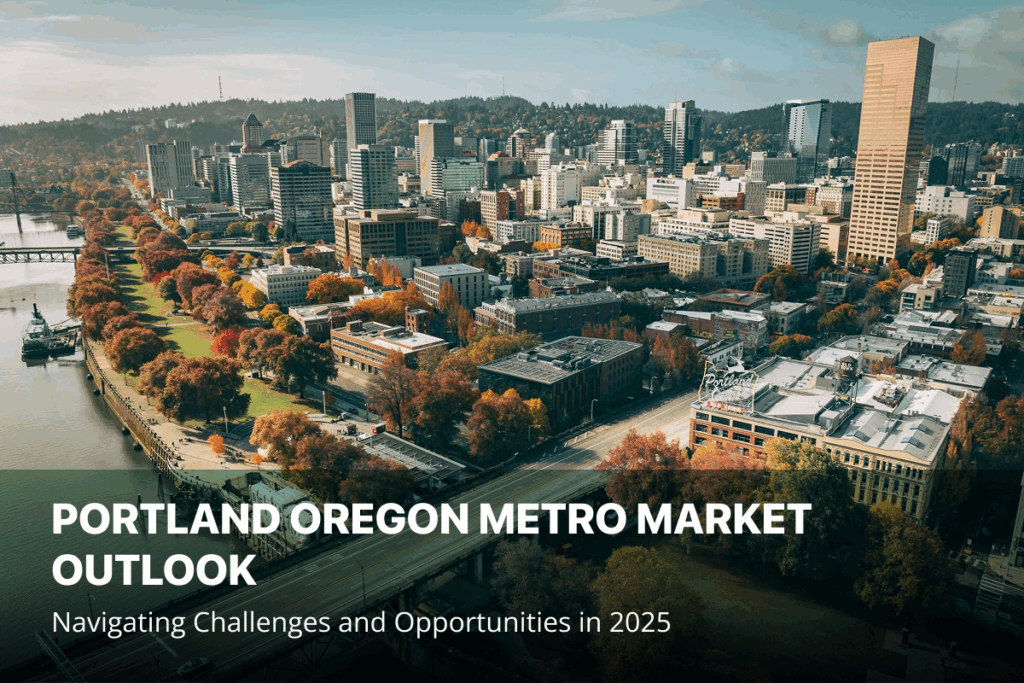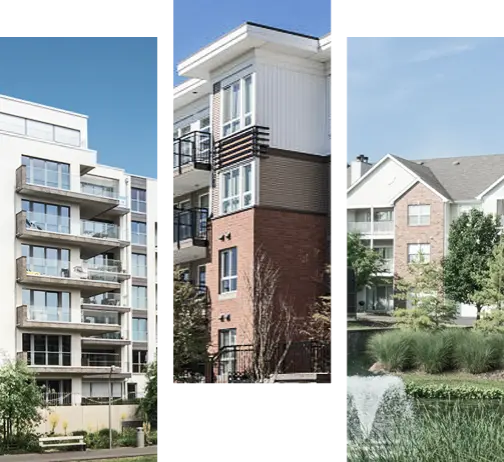Key Projections and Trends
Overall Population Growth
As of 2025, the Portland metro area population is approximately 2.27 million, reflecting a 0.98% increase from the previous year. However, the city of Portland has experienced a population decline, with a 1.22% annual decrease, bringing its population to 615,267. Projections suggest that the metro area will continue to grow, albeit at a slower pace, reaching around 2.5 million by 2035.
Migration Trends
Between 2020 and 2023, Portland experienced a net loss of nearly 27,000 residents, driven by factors such as housing affordability and quality of life concerns. Conversely, neighboring areas like Vancouver, Washington, have seen population gains, with around 14,000 Portlanders relocating there in 2022. This trend highlights a regional shift in population dynamics.
Socioeconomic Drivers
Several factors contribute to Portland’s evolving landscape:
Affordability Challenges: The gap between renting and homeownership has widened, with prospective homebuyers needing approximately $80,000 more in annual income than renters to afford monthly housing payments.
Economic Diversification: Portland’s economy is supported by sectors such as healthcare, technology, and manufacturing. Major employers include Providence Health & Services, Intel, Nike, and Oregon Health & Science University.
Cultural and Environmental Appeal: Despite challenges, Portland’s commitment to sustainability, arts, and community engagement continues to attract individuals seeking a vibrant urban experience.
Housing Demand and Market Pressures
The Portland housing market remains competitive, with the average home value at $547,362, marking a 0.1% increase over the past year. Rising home prices, elevated mortgage rates, and limited inventory contribute to affordability concerns. Experts anticipate that if mortgage rates decrease to the mid-5% range in 2025, the market could see increased activity.
Employment: Major Employers & Market Movers
Top Private Employers
Providence Health & Services: The largest employer in the region, providing comprehensive healthcare services.
Intel: A significant presence in Hillsboro, contributing to the tech sector’s growth.
Oregon Health & Science University (OHSU): A leading academic health center driving innovation in healthcare and research.
Nike, Inc.: Headquartered in nearby Beaverton, Nike is a global leader in athletic apparel and footwear.
Legacy Health: A nonprofit health system offering a range of services across the Portland metro area.
Emerging Sectors
Portland’s tech industry is experiencing growth, with companies like Intel and Amazon expanding operations. The sector offers roles in AI, cloud computing, and cybersecurity, with competitive salaries and a thriving startup ecosystem.
Preparing for the Future: Infrastructure & Regional Planning
To address current challenges and future needs, Portland is investing in infrastructure:
Transportation Initiatives: The Portland Bureau of Transportation (PBOT) has announced major projects, including the NE Halsey Street Safety and Access to Transit Project, with an $8.4 million budget aimed at improving safety and transit access.
Interstate Bridge Replacement: Plans are underway to replace the aging Interstate 5 bridge connecting Portland and Vancouver, Washington, with a seismic-resilient structure. The project, estimated at $6 billion, is slated to begin construction in late 2025 or early 2026.
Public Services: Efforts are being made to enhance public services, including transportation funding and maintenance, to better serve the growing and shifting population.
Final Takeaway
As longtime observers of the Pacific Northwest, Portland has consistently been a market of interest for us. Today, we believe it stands at a pivotal crossroads—grappling with population shifts, housing affordability challenges, and infrastructure demands. Yet with targeted investments and a commitment to sustainable growth, the metro area has the potential to address these issues and thrive.
Unlike other West Coast markets, Oregon provides a unique degree of certainty for rental growth. Statewide rent control allows annual increases for properties 15 years and older based on a formula of 7% plus the Consumer Price Index (CPI), capped at a maximum of 10%. Notably, new construction and subsidized housing are exempt from these limits.
Despite recent headwinds, the Portland metro continues to offer a dynamic environment with compelling investment opportunities, making it a market we are actively monitoring. Whether you’re analyzing market trends, exploring potential investments, or planning long-term strategies, Portland’s evolving landscape deserves continued attention.



